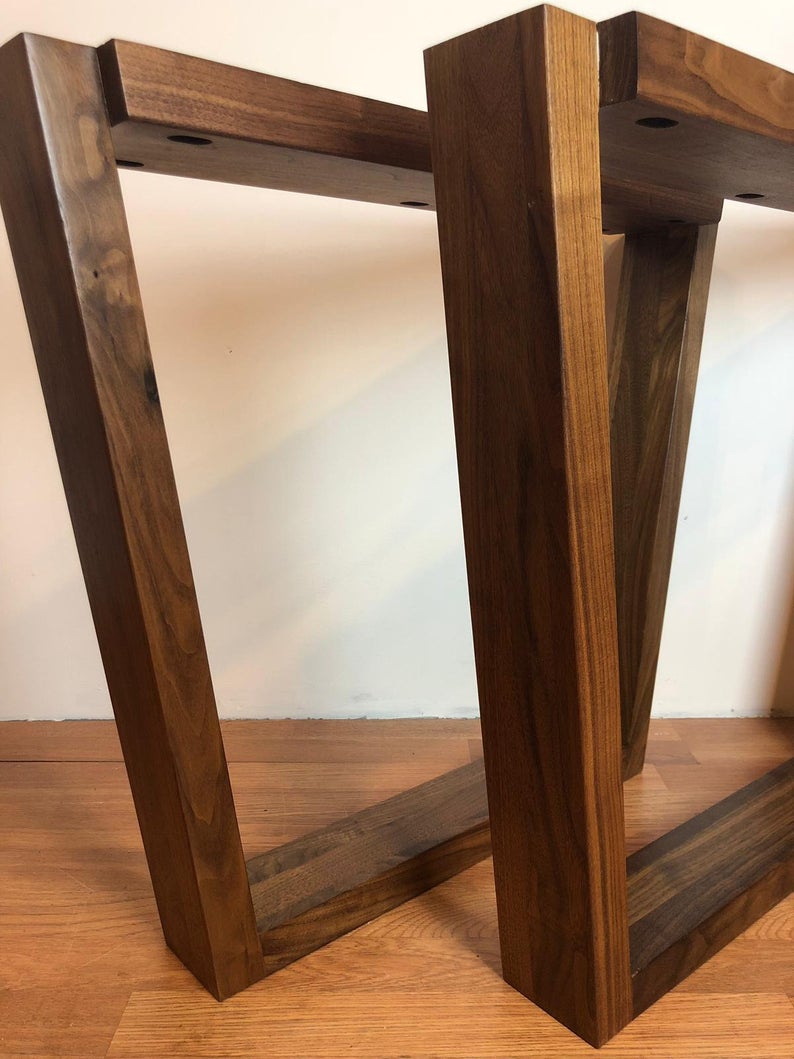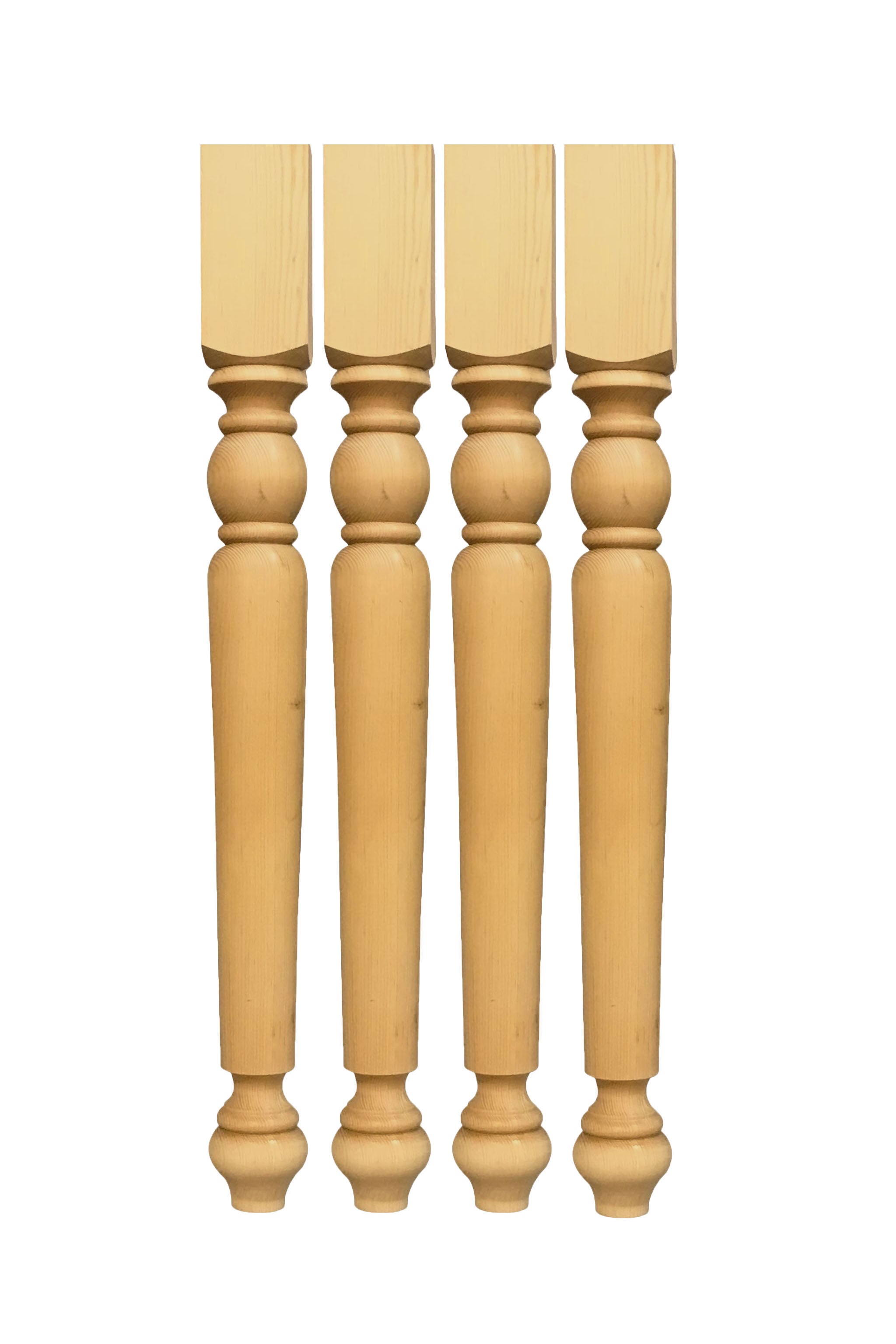Discover Durable and Fashionable Dining Table Legs Wood for each Home
Discovering the Different Sorts Of Table Legs Wood for Your Eating Space
The selection of dining table legs wood can exceptionally influence both the visual and functional top qualities of your eating area. Solid wood alternatives, such as oak and walnut, supply a classic appearance with unmatched sturdiness, while crafted timber choices offer ingenious styles that simulate the splendor of all-natural grains.
Strong Timber Options

Unlike crafted products, strong timber is much less susceptible to warping and damage over time when correctly preserved. Each piece of solid wood is unique, showcasing individual qualities that add to the charm and character of the eating table.
In addition, strong timber can be completed in various methods, ranging from natural oils to discolored finishes, allowing property owners to personalize their furniture to match their decor. In recap, choosing solid timber for eating table legs not only guarantees structural integrity yet additionally improves the visual appeal of the eating area, making it a worthwhile investment for any kind of home.
Engineered Wood Alternatives

Plywood, created from several layers of wood veneer, is steady and especially strong, making it an outstanding option for dining table legs. Its layered structure allows it to withstand adjustments in humidity and temperature much better than conventional strong wood. MDF, on the various other hand, uses a smooth surface for paint or veneering, enabling designers to attain a refined look while preserving architectural integrity.
Particleboard, commonly used in economical choices, gives respectable strength and is lightweight, making it easier to manage. It may not be as sturdy as plywood or MDF. It is important to think about the desired use and preferred visual when selecting engineered wood choices. These materials not only enhance the capability of eating rooms but likewise permit for greater style adaptability, ensuring that typical and modern designs can coexist harmoniously.
Reclaimed Timber Includes
Recovered wood provides a distinct blend of sustainability and character, making it an increasingly popular selection for dining table legs. Sourced from old barns, manufacturing facilities, and other structures, reclaimed wood embodies a background that brand-new materials simply can not replicate. Each item lugs its very own story, marked by distinctive imperfections, knots, and varying grain patterns, which add to a table's one-of-a-kind visual charm.
Along with its aesthetic beauty, recovered wood is an environmentally pleasant alternative. By repurposing formerly utilized products, it minimizes the demand for new lumber, hence assisting to reduce and conserve woodlands waste. This aligns with an expanding consumer choice for lasting practices in home furnishings.
In addition, recovered timber is usually a lot more resilient than freshly gathered timber because of its age. The all-natural drying procedure that recovered timber goes through results in a denser and more powerful material, making it less susceptible to bending and splitting. This enhances the durability of eating tables, enabling them to withstand the rigors of day-to-day use.
Softwood vs. Wood
When choosing eating table legs, understanding the differences between softwood and hardwood is vital for attaining both functional and aesthetic goals. They typically display a more rustic look, making them appropriate for informal or country-style eating rooms.
On the various other hand, woods, sourced from deciduous trees like maple, oak, and cherry, are renowned for their thickness, stamina, and durability. The intricate grain patterns and rich hues of woods provide a classic and advanced charm, making them suitable for formal dining settings. While woods often tend to be a lot more costly and heavier, their resilience versus deterioration commonly validates the investment.
Ultimately, the selection in between softwood and hardwood for dining table legs need to straighten with your style vision, usage needs, and spending plan, making certain that your eating area mirrors your personal style while continuing to be functional with time.

Coatings and Therapies
The visual allure and longevity of eating table legs can be considerably enhanced through different finishes and treatments. These procedures not just shield the timber from damages however likewise boost its look, enabling it to match diverse interior designs.
One typical treatment is discoloring, which penetrates the wood and boosts its all-natural grain while adding color. Discolorations give an abundant, stylish look, enabling home owners to match their furnishings have a peek at this site with existing decoration. On the other hand, clear finishes such as polyurethane or varnish develop a protective layer without altering the timber's original hue, ensuring durability versus deterioration.
Additionally, natural oils, like tung or linseed oil, nurture the wood and offer a refined luster, all while being green. These oils enable the surface to take a breath, stopping moisture build-up and prospective bending.
For those seeking a rustic beauty, weathered or troubled finishes can be related to create an aged appearance, adding personality to the item. Eventually, the choice of therapies and surfaces relies on personal choice, desired aesthetics, and the certain wood type, making it essential to think about these factors when choosing eating table legs for your space.
Final Thought
Finally, the selection of eating table leg materials substantially affects both the useful and aesthetic elements of an eating room. Solid i was reading this woods, crafted alternatives, and reclaimed alternatives each offer distinctive advantages, dealing with different choices and demands. Comprehending the distinctions in between softwoods and hardwoods, along with proper coatings and therapies, permits informed decision-making. Eventually, the selection of timber kind should align with preferred style, durability, and environmental considerations, enhancing the general dining experience.
The option of dining table legs wood can profoundly impact both the useful and aesthetic qualities of your dining room - Dining Table Legs Wood. Strong timber choices, such as oak and walnut, supply a traditional look with unequaled longevity, while crafted wood alternatives offer innovative layouts that simulate the richness of natural grains. Strong wood provides a timeless top quality that can raise the general style of a dining room. Each piece of strong timber is distinct, showcasing individual features that add to the charm and personality of the eating moved here table
Additionally, reclaimed timber is typically much more durable than freshly harvested timber due to its age.